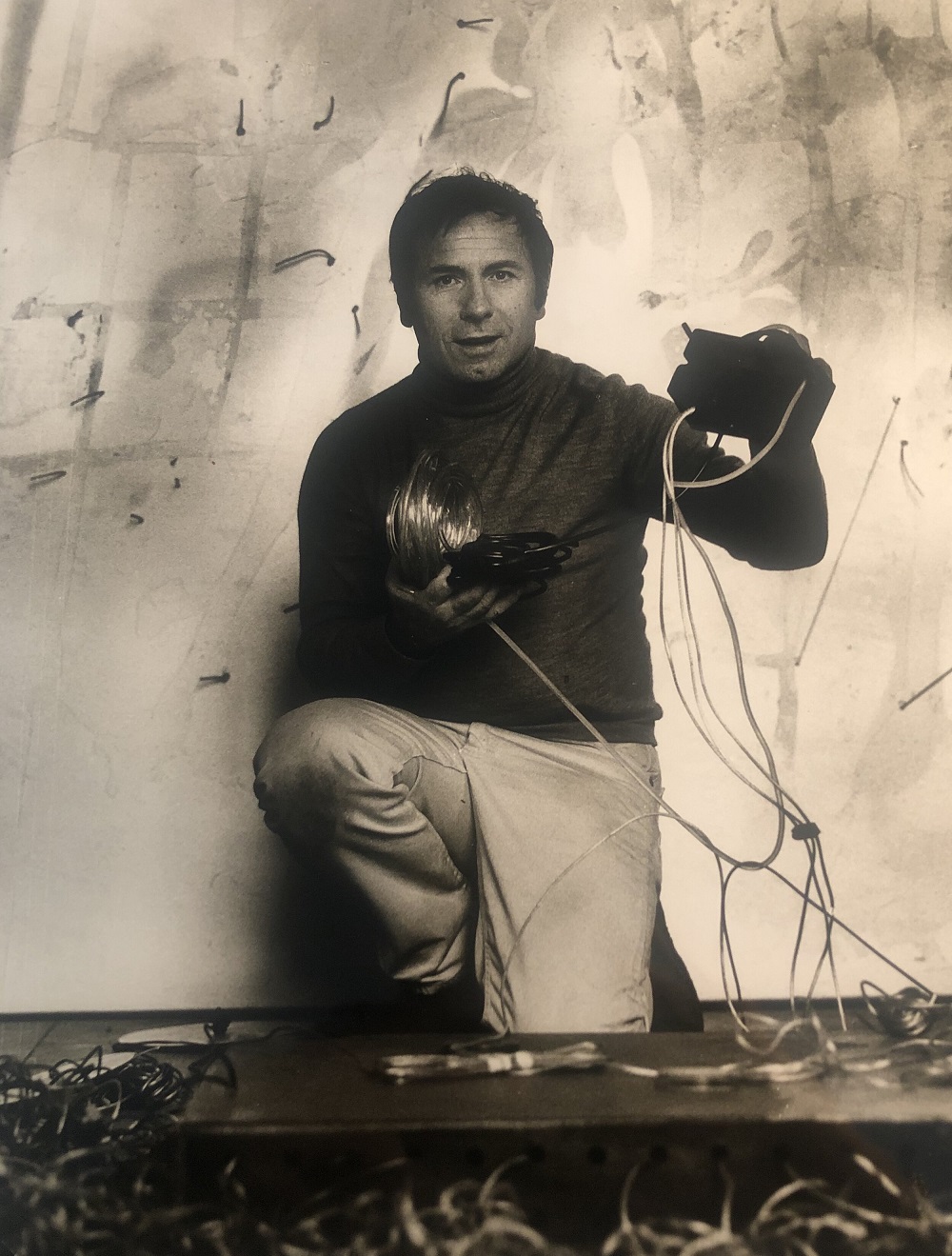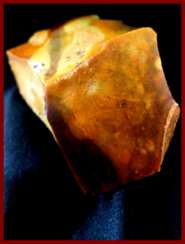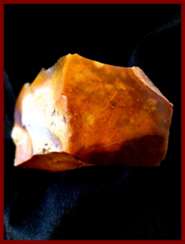4 Items by auctions and galleries:
post war objekte
Lot 593 Blinky (Peter Heisterkamp) Palermo. Graue Scheibe, blaues Dreieck
Blinky Palermo (1943 - 1977) 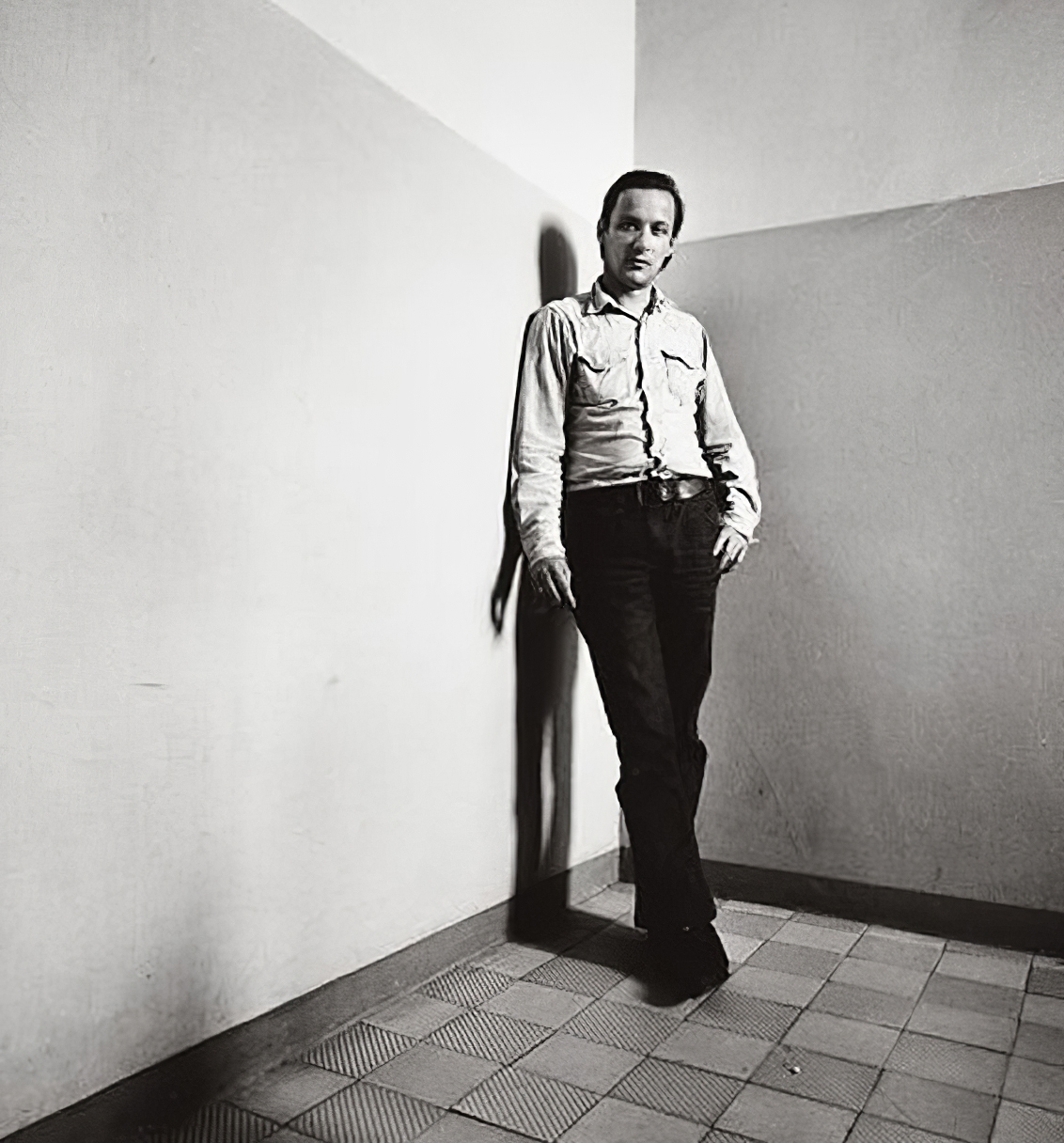 A541: Evening Sale
A541: Evening Sale 

Blinky Palermo
02.06.1943 - 18.02.1977
Germany, Maldives
Blinky Palermo was a German abstract painter.

VAN HAM Kunstauktionen GmbH
A541: Evening Sale
Date: 03.12.2025 18:00 UTC +01:00
Number of lots in the catalog: 519
We are watching you since Beginning. part 1of 7.
Grzegorz Olszewski (b. 1968) 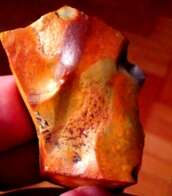 Shop Olszewski Grzegorz
Shop Olszewski Grzegorz

Grzegorz Olszewski
11.12.1968
Poland
Photographer of unknown, never-seen kind of V.Ancient Art - until present times.
By my photos, will show Oldest form of Unnamed Art, Mystery, Message - regarding Humankind History, Evolution, Identity.
All my photos presents - Real, Existing, Natural and Original form of transferrence from our "Ancestors" which is "described" UNDER surface of the Ancient stones.
Faces and objects under of their surfaces are not made by Human's hands, and were toutched only by me.
Soon, I'll change attached photos for official, better quality and professional versions of my works
Hope you will be satisfied..
With Best Regards
Grzegorz Olszewski

Artist shop
Olszewski Grzegorz
Poland
Number of products: 6
"We are watching you since Beginnings" part 2 of 7.
Grzegorz Olszewski (b. 1968)  Shop Olszewski Grzegorz
Shop Olszewski Grzegorz

Grzegorz Olszewski
11.12.1968
Poland
Photographer of unknown, never-seen kind of V.Ancient Art - until present times.
By my photos, will show Oldest form of Unnamed Art, Mystery, Message - regarding Humankind History, Evolution, Identity.
All my photos presents - Real, Existing, Natural and Original form of transferrence from our "Ancestors" which is "described" UNDER surface of the Ancient stones.
Faces and objects under of their surfaces are not made by Human's hands, and were toutched only by me.
Soon, I'll change attached photos for official, better quality and professional versions of my works
Hope you will be satisfied..
With Best Regards
Grzegorz Olszewski

Artist shop
Olszewski Grzegorz
Poland
Number of products: 6


